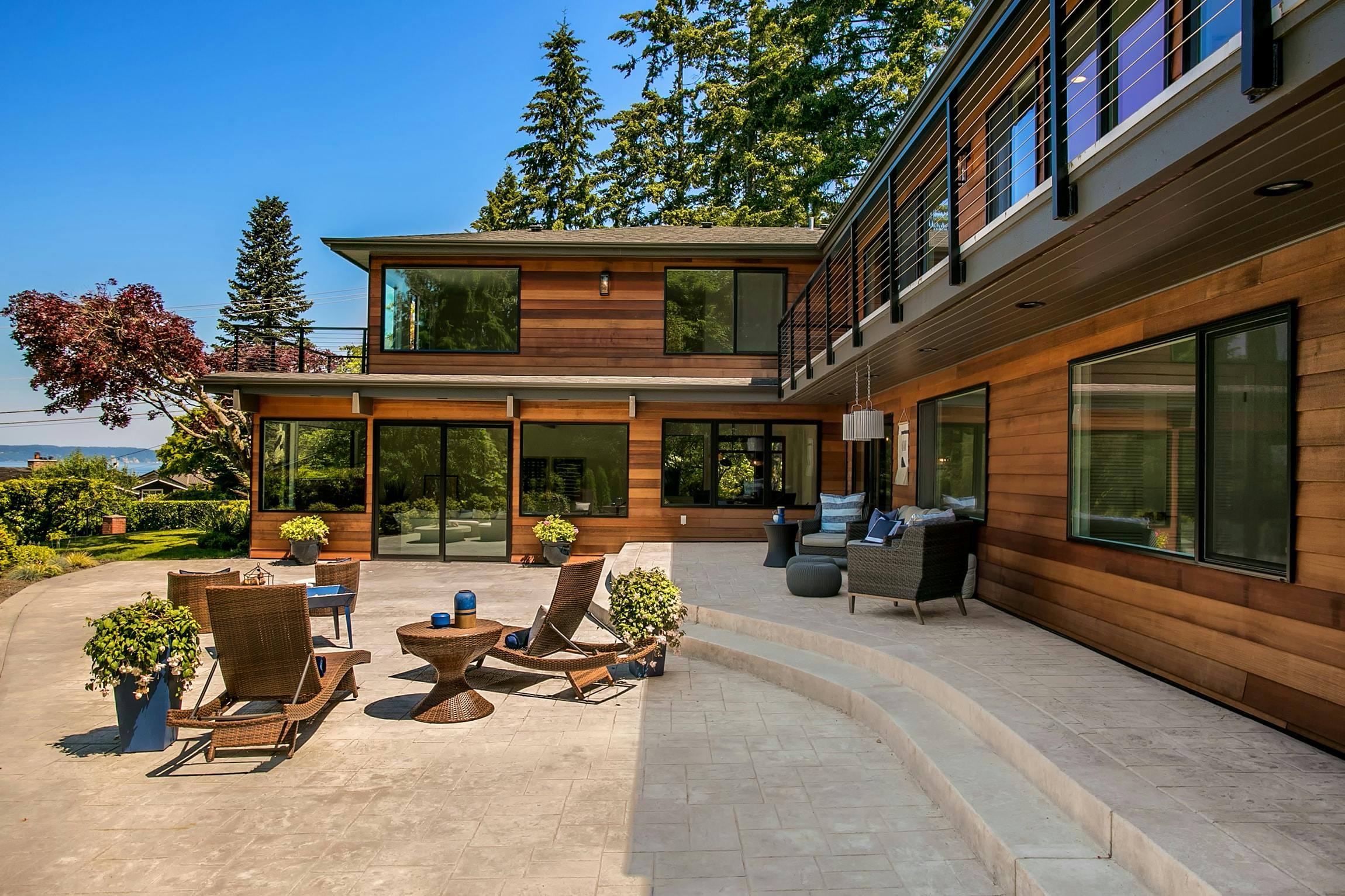The markets in real estate are constantly growing and heating up. The demands too are getting higher. Because of this, real estate photography has never been more essential in selling properties than what we experience today. Since real estate has always been high on demand, competition in photography is thriving.
Real estate and architectural photography always go hand in hand. Many people today engage themselves in the practice of real estate photography. Real estate brokers and agents are in partnership with photographers to shoot properties for marketing purposes. Many buyers initially look for pictures or videos of the properties they wanted to buy before having an ocular inspection.
But many individuals who wanted to become real estate photographers find it hard to develop the necessary skills to master this business. Some of them finished Interior Design and Architecture. Others finished computer-related course. Interestingly, some topnotch photographers developed their technical skills because photography is just their hobby.
But regardless of the kind of degree people hold, real estate photography can be self-taught. With the use of proper technology combined with a touch of creativity, the angles, composition and perspectives can be done naturally in a professional quality.
Self-help Tips to Master Real Estate Photography
In self-studying real estate photography techniques, how to get started is the primary consideration. Starting from scratch can be a big challenge. It is beyond doubt that an individual has the interest in this business if he is eager to learn something in this industry. This is this very reason that propelled him to practice photography. The only thing that results in backpedaling someone to pursue photography is the lack of the necessary skills.
Below are some self-help tips in realizing your dream to become a real estate photographer.
1. You are not shooting for yourself
A start-up photographer must always have a mindset in marketing because real estate photos are for buyers and clients alike.
2. It is not necessary to get all the best gear
In photography, investing in camera equipment is the basic material to own. It is not necessary for someone to own the best gadgets if you are just starting to learn. All you need to have is a camera, lens, and tripod. It is also important to have supplemental lighting and editing app like Photoshop.
3. Develop creative skills of photography
There is no school for creativity. But there is always a time to practice in making your craft perfect. Creative skills can be developed through constantly perfecting your ideas. Creativity entails uniqueness because this is a special kind if sensibility owned only by the photographer himself.
4. Develop technical side
Mastering photography starts from the proper use of the camera. Your camera must have the space for cable release, a flash, assortment of lenses and wireless triggers. Aside from this, it is a requirement that wide lenses must be used. Using a 10-22mm or 12-24mm is perfect for cropped sensor cameras. Use a 16-35mm lens for full frame cameras. Using tilt-shift lenses is the best way to prevent vertical lines to converge.
Extra lighting is advisable because it can be used to areas where indoor subjects cannot benefit from daylighting. If you want to have a perfect blend of lighting, try light hitting a front of a home just after sunrise or at dusk. They can be the perfect periods of the day to light hit outdoor home fronts.
Other things to consider in self-studying techniques in photography are camera height and vertical edges. It is a cardinal rule that vertical edges must always be correct. These edges can be corners of walls, door frames and windows. It is of basic importance to know the angles you are shooting when tilting the camera to find out if the edges converge or diverge.
5. Show extra careful in processing the photos
The use of Photoshop in editing pictures is a common technique in processing photos. Do not start from an advanced technique. Editing images can be easy and fast, while there will be times when it is hard and takes longer time to process. Some photographers opt to edit image using Lightroom and other special editing apps.
